Selecting the right tires for your vehicle is essential to ensure optimal performance, safety, and efficiency. With the automotive landscape expanding, from traditional gas-powered cars to electric and hybrid models, the science behind matching tires to vehicles has also evolved.
As a leading provider of high-quality automotive accessories and tools, Fanttik recognizes the value of making informed tire choices.
This article explores the reasons why tires need to be tailored for different cars and offers expert insights to guide your next purchase.
The Fundamentals of Tire Specifications
At a basic level, factors like the vehicle weight, performance requirements, and typical driving conditions dictate the type of tires needed. Manufacturers provide specifications for each make and model, outlining compatible tire sizes, load ratings, and speed classifications.
Tire size indicates the width, aspect ratio (profile), and diameter in millimeters. This must align with the vehicle type to ensure proper fitment and prevent rubbing on turns.
Load index refers to how much weight a tire can support at the speed indicated by its speed rating. Heavier vehicles like SUVs need higher load indexes than sedans.
The speed rating symbol (e.g. V, W, Y) represents the maximum speed a tire can handle under sustained use. Sports cars need speed ratings over 149 mph, while off-roading merits lower speed tires. Here's a brief overview of some common speed rating symbols and their meanings:
- S: Up to 112 mph (180 km/h)
- T: Up to 118 mph (190 km/h)
- U: Up to 124 mph (200 km/h)
- H: Up to 130 mph (210 km/h)
- V: Up to 149 mph (240 km/h)
- W: Up to 168 mph (270 km/h)
- Y: Up to 186 mph (300 km/h)
- (Y): Above 186 mph (300 km/h)
What Influences Tire Selection?
For a particular make and model, the trim level dictates compatible tires, as higher trims have distinct size and performance requirements. The Toyota RAV4, for instance, offers these tire fitments across trims:
- LE 225/65/17
- Limited 235/55/19
- XLE 225/65/17 or 235/55/19
- XLE Premium 235/55/19
- Adventure 235/55/19
Vehicle weight affects load demands, warranting higher load indexes on heavier cars. SUVs like the Toyota Highlander need tires engineered for greater loads versus a subcompact hatchback.
Tire grip ensures stability and traction through tread pattern design and rubber compounds. Performance cars need maximum dry/wet grip while off-roaders prioritize soft compounds for mud and gravel.
Climate plays a role depending on tire purpose - snow/ice traction in winter, high-heat resistance for desert summer driving.
Rolling resistance affects fuel efficiency, with low resistance tires improving MPG but potentially sacrificing wet grip.
Why Electric Vehicles Need Special Tires
The unique characteristics of electric vehicles bring special tire considerations:
- Increased weight from battery packs warrants higher load indexes.
- Instant torque on acceleration needs traction for responsive performance.
- Minimizing rolling resistance is critical to extend driving range.
- Noise reduction is emphasized since electric motors are nearly silent.
Manufacturers like Michelin and Bridgestone now produce EV-specific tires addressing these factors. For instance, the Bridgestone Turanza T005Eco tires for the VW ID.3 are 20% lighter while providing low rolling resistance. EV tires also demand lower rolling resistance over fuel cars as noted by an article by Green Car Reports.
To Mix or Not to Mix: Compatibility Concerns
Is it okay to use different tire brands or models on the same car? This is a common question faced by drivers when replacing tires. While mixing is possible in select cases, there are compatibility factors to consider.
For optimal handling and braking, experts emphasize using identical tires across all wheel positions. Differences in tread patterns, internal structure, rubber compounds and sizing can upset the vehicle dynamics. Mixing all-seasons with winters or summer tires is never recommended either.
However, pairing two tires of the same brand and model on one axle (front or rear) may be acceptable in a pinch. Tire load index and speed ratings should match closely or exceed OEM specs. Rotation is key to evenly distribute wear.
Some performance automakers approve staggered fitments with mixed sizes between axles. But it’s wise to consult manufacturer guidelines before mixing. When in doubt, seek professional tire shop advice.
Single or Pairwise Replacement: What’s Advised?
Should you always replace tires in pairs? While swapping all four simultaneously is ideal, the answer depends on tread wear and position:
- If existing tires have significant wear (30% or below), a single replacement on the rear axle may suffice temporarily.
- For tires around 40-50% worn, install two new ones as a pair on the rear axle. This maintains grip for stable handling.
- Above 70% wear, replacing all four tires is highly recommended for safety and performance.
- All-wheel drive vehicles need matched tire diameters to avoid drivetrain damage, making four new tires essential.
When replacing just one or two, select the same OEM tire brand, model, and size as the older tires to ensure compatibility. And regularly rotate to equalize wear. With care and diligence, you can safely prolong the life of your tires.
Quick FAQs on Tire Selection
Q: Should you mix tire brands on the same vehicle?
It’s generally advised against, but possible in some cases if paired correctly on axles. Identical tires are still ideal.
Q: Should you always replace car tires in pairs?
Not mandatory, but advised for higher mileage tires based on axle position. Following OEM guidelines is recommended.
Q: Do cars and trucks require different tire types?
Yes, based on vehicle weight, performance needs, intended use and driving conditions. Trucks need greater load capacity versus cars.
Q: Do all four tires need to match on all-wheel drive vehicles?
AWD vehicles require four identical tires to prevent drivetrain damage. Even small differences in tread or diameter can impact handling.
The Right Tires Keep You on Track
Tires are a complex science, but easy to navigate with awareness. Fanttik is committed to offering products like tire inflators and TPMS sensors that provide the convenience and safety to help you make informed tire decisions.
By understanding manufacturers’ guidelines and consulting experts when needed, you can choose ideal tires to maximize the potential of your vehicle. The destination is exciting, and the journey Smooth. Just be sure to take the right tires along for the ride.
Explore Fanttik’s Automotive Accessories
Fanttik provides a wide selection of portable automotive accessories designed for convenience and reliability on the road. Check out our tire inflators, jump starters, vacuum cleaners, and other products to enhance your driving experience. Fanttik equips you with the tools to keep your vehicle running smoothly mile after mile.


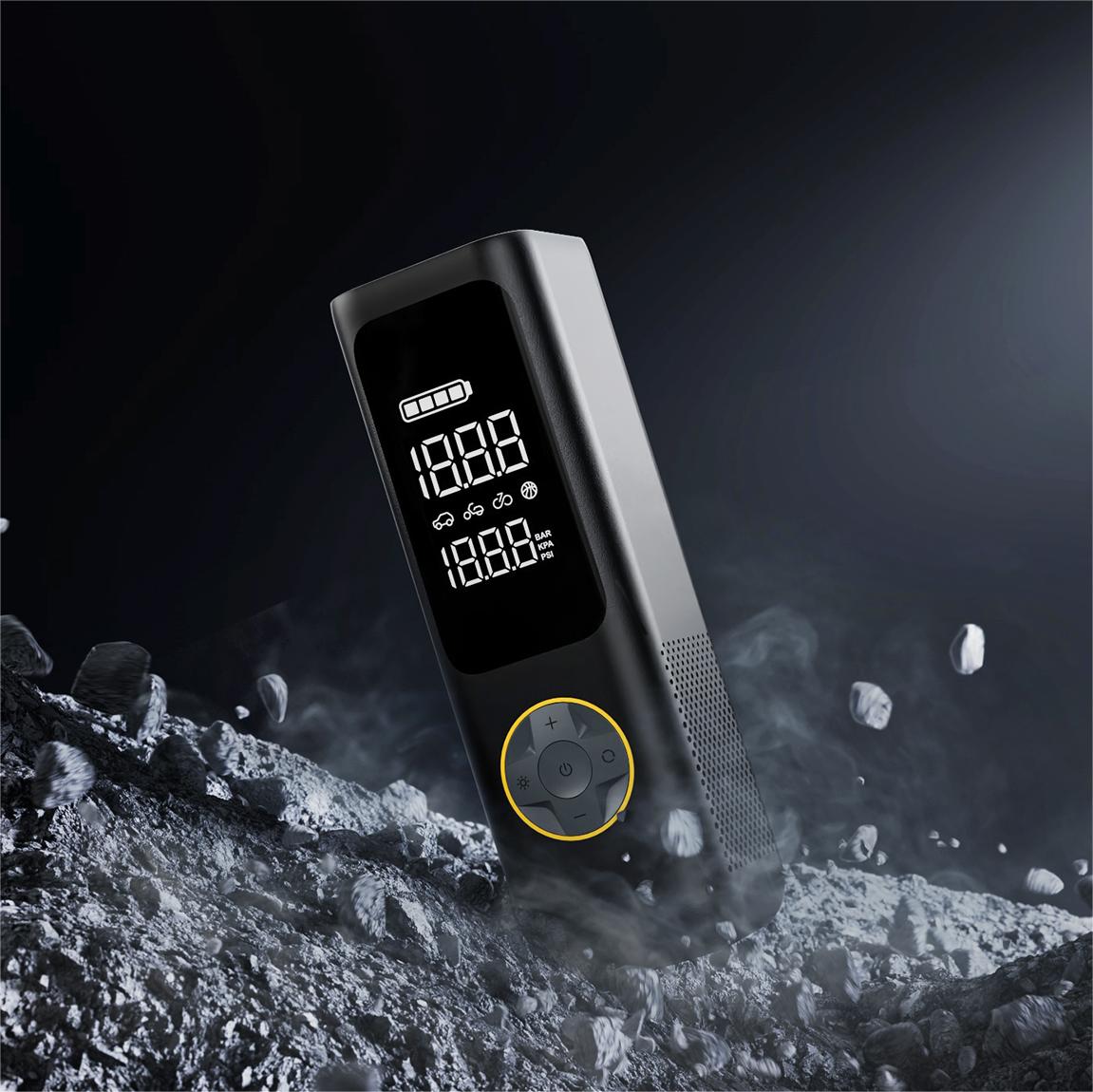

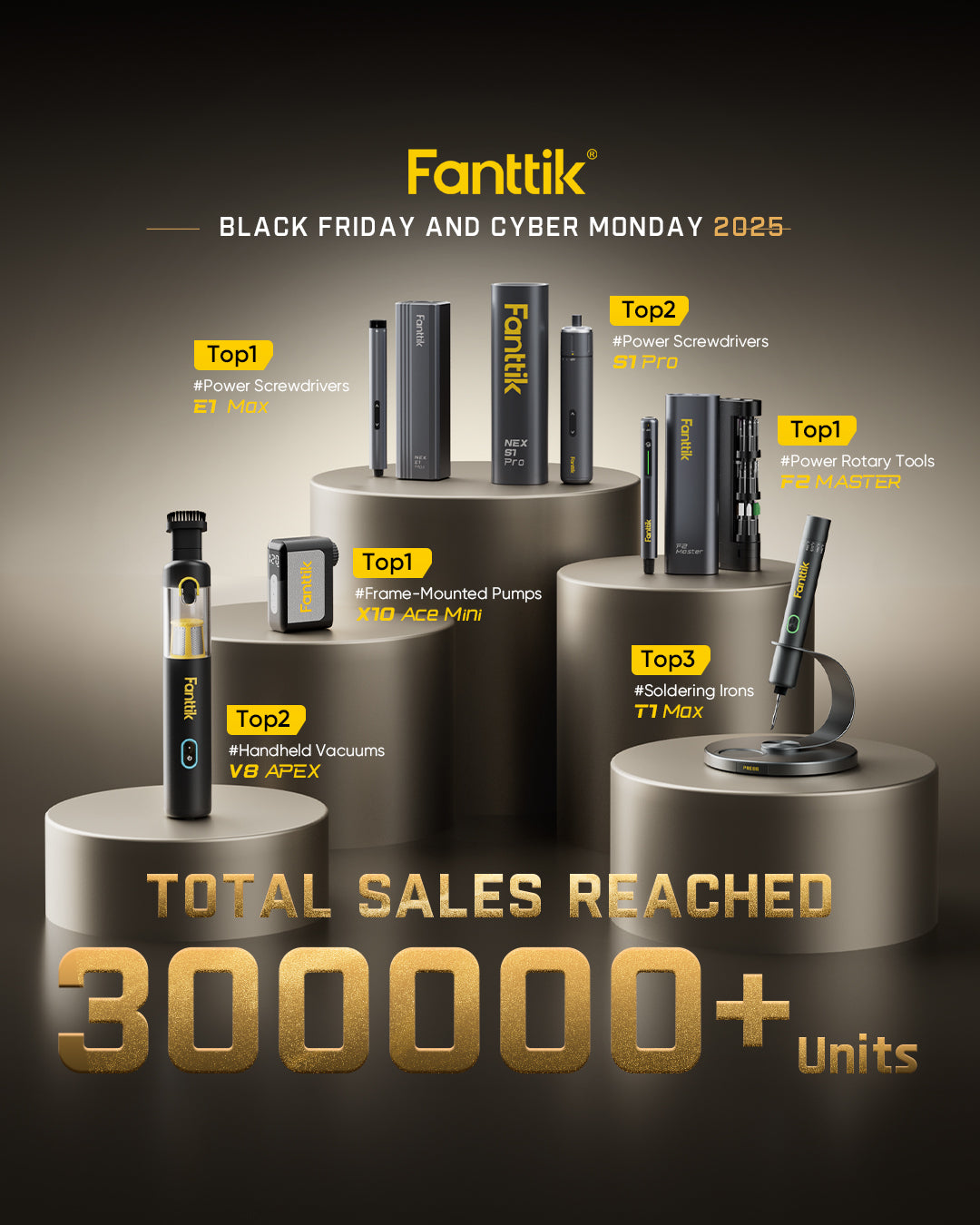
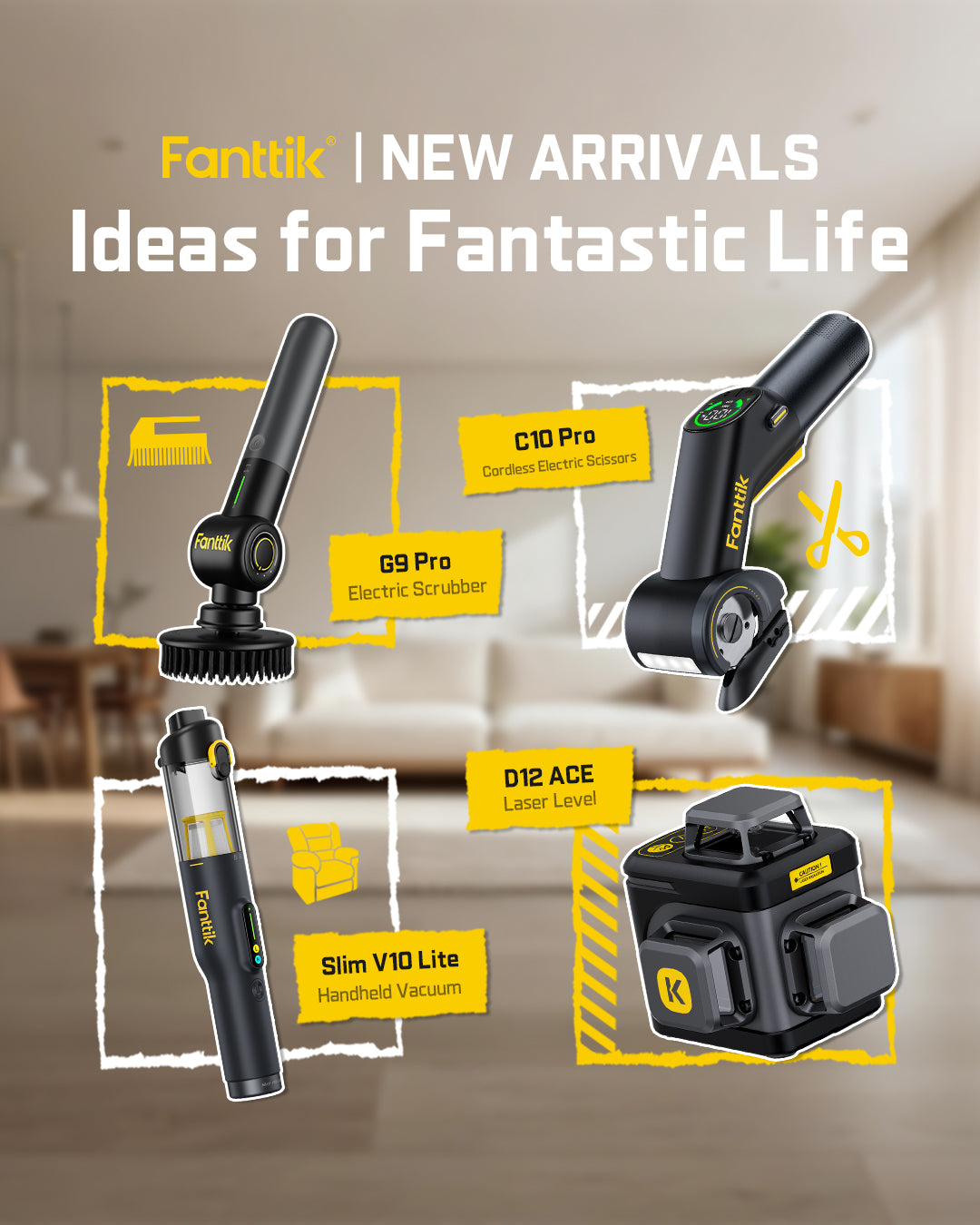
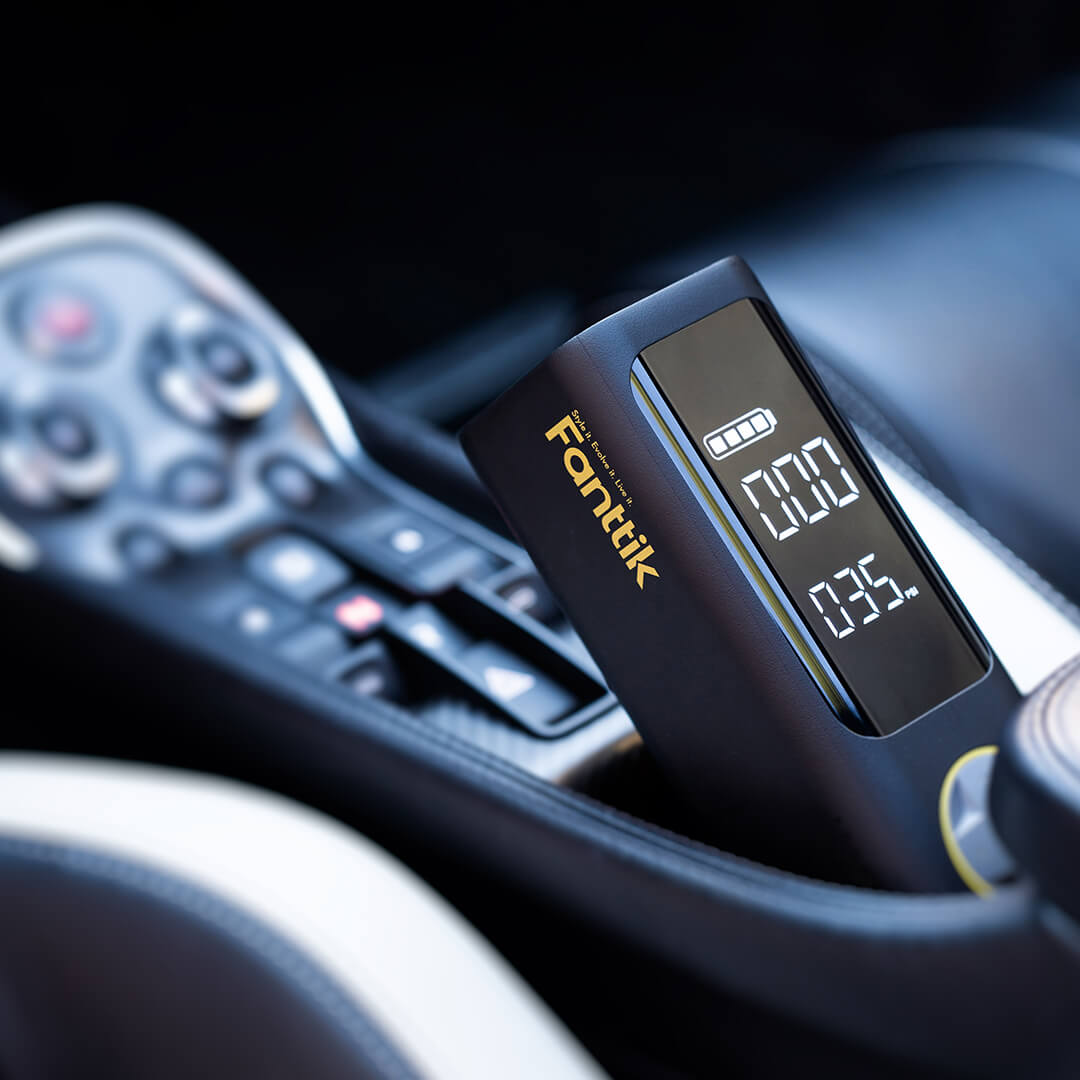
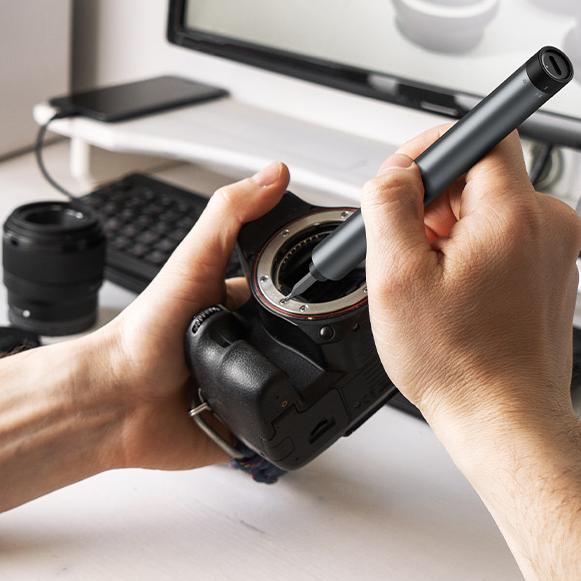



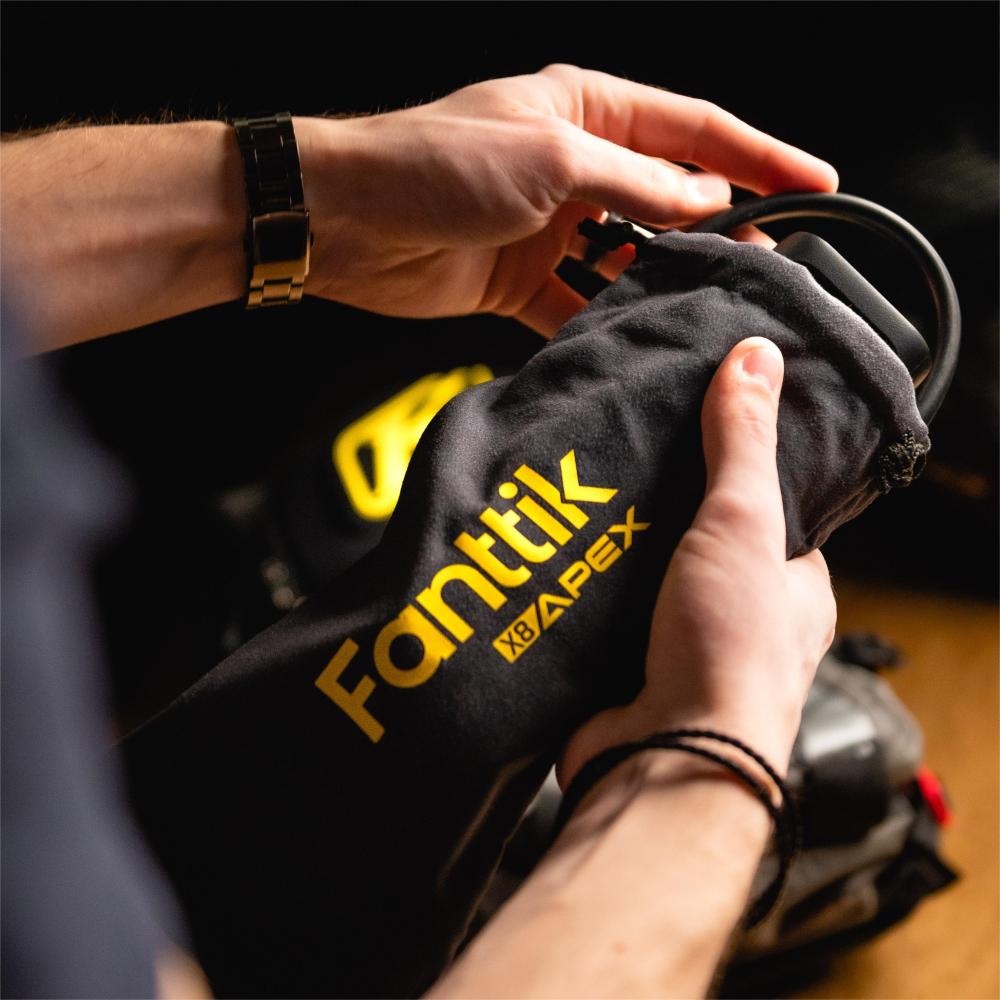

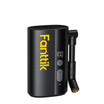
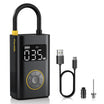
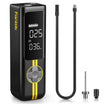
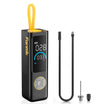
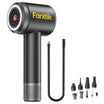
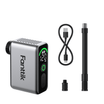
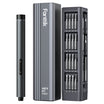
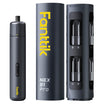
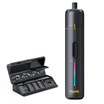
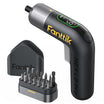
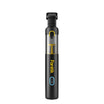
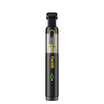
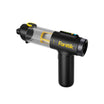
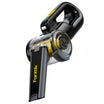
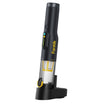
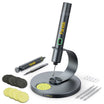
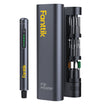
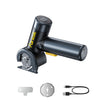
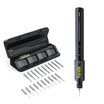
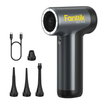
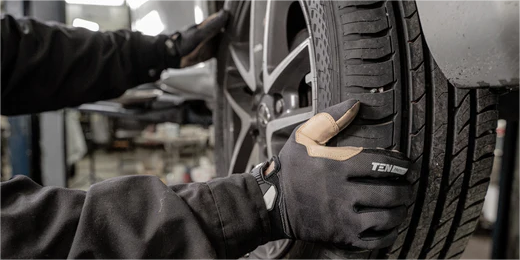

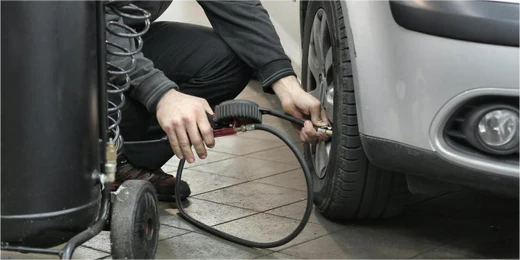
Leave a comment
All comments are moderated before being published.
This site is protected by hCaptcha and the hCaptcha Privacy Policy and Terms of Service apply.